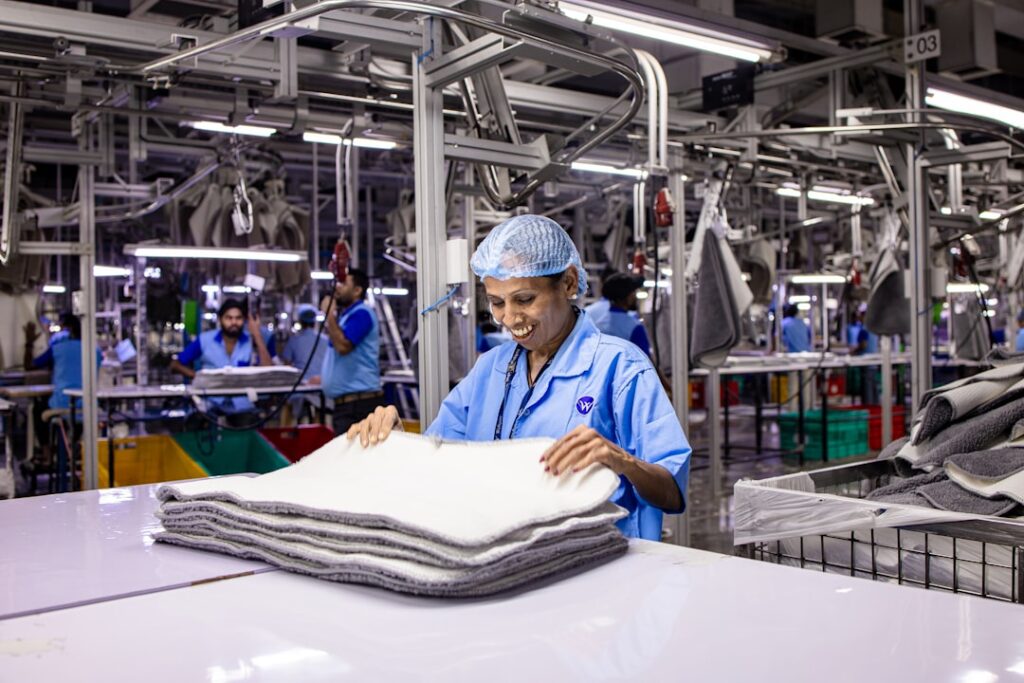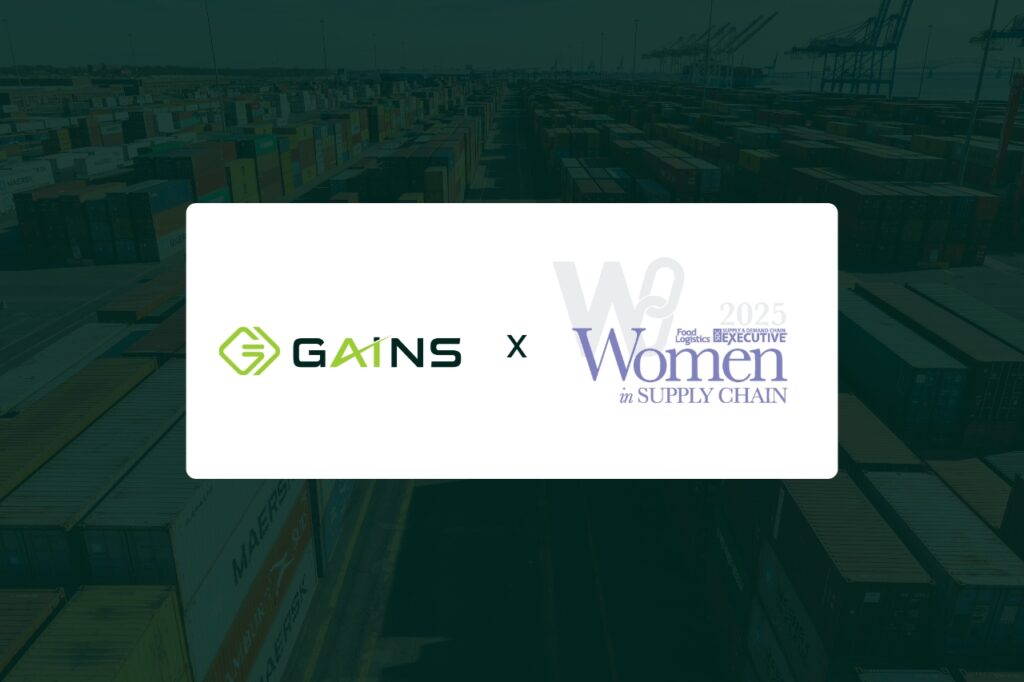By Amber Salley
As I attended this year’s Gartner Supply Chain Symposium, one thing was clear: supply chain leaders aren’t just looking for bold ideas—they’re looking for what actually works. From the keynote stage to breakout sessions, conversations were focused on managing disruption, optimizing cost, and building a future-ready supply chain.
GAINS came with a clear message: it’s time to shift from rigid, process-driven planning to flexible, outcome-oriented decision-making.
There was no shortage of airtime given to AI, digital transformation, and next-gen architectures. While the conference delivered bold ideas, many leaders are seeking something simpler— how to apply what already exists to improve performance now. But what was often missing? Practical guidance on how to get started.
Here are three themes that stood out—and where we think the conversation needs to go next.
1. AI Should Drive Decisions, Not Distraction
AI dominated the conversation. Sessions showcased everything from demand sensing to inventory optimization. But the spotlight leaned heavily toward generative AI, while more proven techniques like natural language processing, neural networks, and reinforcement learning barely received any attention. That imbalance is worth questioning. When these “less flashy” tools have been delivering measurable results across the supply chain.
Don’t Chase Labels
Apply the right AI to the right problem, with a clear path to value. Gartner shared that while 52% of CEOs have identified AI pilot opportunities, only 17% have successfully integrated them into their existing tech stack. That gap highlights the real issue—companies aren’t struggling to identify use cases; they’re struggling to operationalize them.
Don’t Go It Alone
Too many companies stall out because they try to build everything themselves. But not every AI model needs to be bespoke. Forecasting new items, predicting lead times, optimizing safety stock—these are well-known problems with ready-made solutions. Third-party partners bring more than just algorithms. They bring context, deployment experience, and alignment with real-world workflows. The goal isn’t adopting AI for AI’s sake—it’s better decisions, faster, without manual effort.
Find partners who can help you operationalize. That’s how you create value now, not later.
2. Hyper-Specialization Is Reshaping the Tech Stack
At this year’s event, I had the chance to co-present with one of the industry’s original thinkers and former Gartner Research Director Art Mesher. Together, we unpacked the growing tension between standardization and specialization in supply chains. We saw the same story play out across sessions all week: companies choosing vendors for specific, high-impact outcomes—replenishment in high-SKU environments, automation modeling, lots of narrow use cases to help move the needle.
What was striking was how natural this hyper-specialization has become. While many vendors still market themselves as “end-to-end” platforms, the way customers are actually using them tells a different story. Customers aren’t buying “end-to-end.” They’re building a portfolio of solutions.
This trend aligns directly with Art’s longstanding belief that “niche is not a swear word.” In fact, the best-performing supply chains are those that don’t aim for uniformity, but instead embrace the complexity of their business by using the right tools for the right decisions.
Composability Makes It Work
Hyper-specialization doesn’t mean fragmentation. By using a composable architecture, companies can plug in capabilities where they add value, without the disruption of rip-and-replace. This is what enables what Art and I describe as a portfolio mindset. That’s how you go from vendor-driven deployments to decision-driven design. And that’s how you future-proof your supply chain tech stack.
When tools are composable, it’s not about ripping out what’s there—it’s about plugging in what’s missing.
3. Scenario Planning Belongs in the C-Suite
The pace and scale of disruption—from tariffs to sourcing risk to climate volatility—have made one thing clear: Scenario planning isn’t just a back-office modeling tool. It’s a leadership discipline.
During our session, Art and I shared that : 80% of supply chain value is created in the extended time horizon. But most teams spend their energy putting out short-term fires. That’s not just a tactical misalignment—it’s a strategic vulnerability.
Turning Scenarios into Strategy
Scenario planning is how leaders can pressure-test assumptions, understand trade-offs, and shape policies that hold up under uncertainty. And while the technique is familiar to planning teams, it has yet to be fully embraced by executive leadership where it’s needed most.
And just like AI, you don’t have to start from scratch. Proven tools and services exist to embed scenario planning into your operations now. At GAINS, we treat scenario planning as a core function of Decision Engineering. You can model outcomes before you commit, align cross-functional goals, and build resilience into every choice. This isn’t a new idea, but it’s more urgent than ever. Every quarter wasted is another quarter reactive. The shift has to come from the top.
Beyond planning for what might happen, it’s about designing a supply chain that’s ready for whatever comes.
Closing Thoughts: Less Abstraction. More Action.
This year’s Symposium proved that innovation is alive and well. But the bigger appetite? Clarity.
The path forward isn’t chasing platforms or buzzwords. It’s aligning your tech stack to the decisions that drive performance. It’s using the tools you already have to make better choices now. And it’s working with partners who help you operationalize—not just theorize. At GAINS, we’re helping companies do just that. So, let’s stop talking about transformation in the abstract and start designing the outcomes we want.
Because in the end, smarter, faster, more resilient supply chains don’t start with technology. They start with better decisions.
| About the Author Amber Salley is Vice President of Industry Solutions at GAINS and a former Gartner Research Director. With over 20 years of experience in supply chain strategy and technology, Amber helps companies translate complexity into clarity. She is a leading advocate for outcome-oriented decision-making and a trusted voice on the future of resilient, composable supply chains. |



